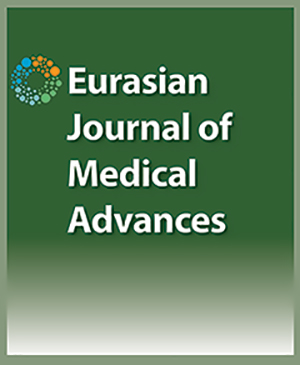

Association between Vitamin D Level and Microvascular Complications in Patients with Type 2 Diabetes
Banu Boyuk1, Hande Atalay2, Serife Degirmencioglu1, Murat Altay1, Savas Guzel3, Aslan Celebi1, Ismail Ekizoglu1, Yavuz Ayar41Department of Internal Medicine, Gaziosmanpasa Taksim Training and Research Hospital, Istanbul,Turkey, 2Department of Internal Medicine, Fatih Sultan Mehmet Training and Research Hospital, Istanbul, Turkey, 3Department of Biochemistery, Namik Kemal University, Tekirdag, Turkey, 4Department of Nephrology, Uludag University, Bursa, Turkey,
Objectives: The aim of this study was to further investigate the prevalence of Vitamin D deficiency in diabetes mellitus (DM) patients, as well as the association between hypovitaminosis D and the microvascular complications of type 2 (T2) DM. Methods: This was a cross-sectional, case-control study of 206 T2DM patients and 34 healthy control subjects. Participants were evaluated for the presence of diabetic retinopathy, nephropathy, and neuropathy. Results: The level of serum 25-hydroxyvitamin D (25(OH) D) was significantly lower in the T2DM patients (11.16±3.99 ng/mL vs. 15.58±3.16 ng/mL; p<0.05). Furthermore, 2.7% of the patients were found to have retinopathy (n=53), 3.6% had neuropathy (n=65), and 29.1% of the patients had microalbuminuria (n=60). Although serum 25(OH) D levels were significantly lower in the presence of retinopathy and neuropathy (p<0.05 for both), no significant association between Vitamin D level and microalbuminuria was found. Conclusion: An inverse relationship between the circulating 25(OH) D level and the prevalence of retinopathy and neuropathy in T2DM patients was determined. However, there was no significant association between microalbuminuria and the 25(OH) D level.
Cite This Article
Boyuk B, Atalay H, Degirmencioglu S, Altay M, Guzel S, Celebi A, et al. Association between Vitamin D Level and Microvascular Complications in Patients with Type 2 Diabetes. EJMO. 2017; 1(4): 190-196
Corresponding Author: Hande Atalay



